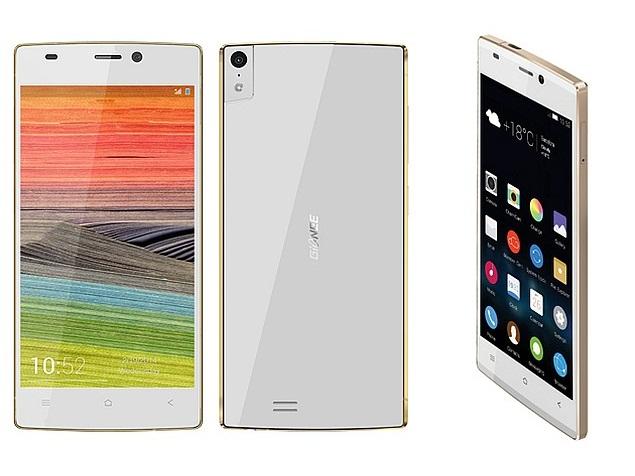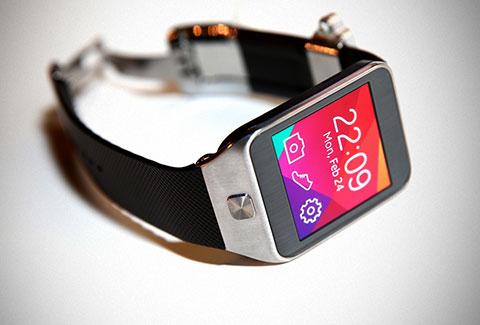MWC 2014 Overview
This year’s Mobile World Congress held in Barcelona, provided the industry with the next iteration of smart, cheap and technologically advanced smartphones. The impact of slowing demand colliding with the industry’s increasing ability to supply is leading to ever more fierce competition. Low cost Android-based products were widely in evidence. With such a high degree of commoditization two things become increasingly evident:
1. Differentiation is critical to stand out from the crowd, and
2. Not all will survive.
The major vendors are working hard to create this differentiation – plying consumers with complimentary wearable devices as well as larger form factor devices. Here’s our top of mind observations from MWC 2014. For a more in depth analysis, please give us a call or contact us via email.
Exploring New Areas:
Nokia launched a big and potentially disruptive rock into the Android pond with its launch of a series of Android Open Source Project (AOSP) devices. Nokia remains the world’s largest feature phone manufacturer and is also leading the Windows Phone insurrection with its Lumia sub-brand. Nokia is also in the final stages of being acquired by Microsoft. Nevertheless Nokia is boldly launching boldly colored low cost smartphones based on the Android open source foundation. The clever part is that they’re tearing out the Google GMS services and are replacing them with Microsoft’s own services (and some Nokia ones e.g. Here). Nokia has also created a quasi-Windows Phone UI look and feel. The offering will initially be comprised of three smartphones: Nokia X, X+ and XL. All phones have 4 inch LCD display (5 inch for the XL), 4GB internal storage and good quality cameras. Qualcomm provides the processor with all based on the Snapdragon 400. To lure the customers, Nokia will provide 1-month free of Skype Premium for every Nokia X-family customer. Users will also get 10GB of free storage to the Microsoft OneDrive cloud service for storage. The X-series, while not cheap compared to some Android offerings, are cost effective, priced in the range of USD 115 to USD 140.
Cheaper LTE smartphones and cheapest smartphone:
Nokia’s new X-Series joined a slew of unremarkable and largely indistinguishable low cost Android smartphones that were everywhere at the event. In among them though there were some notable and interesting developments:
- Mozilla is stepping up its efforts to penetrate the smartphone sector with its Firefox OS. It showed off a Spreadtrum-based reference design that it claims can be built into devices priced at USD 25. When realized this will significantly undercut current and projected Android-based devices. However Firefox-based smartphones are also moving up the price curve.
- Alcatel OneTouch launched Fire S, a Firefox smartphone with a quad-core processor and LTE network support taking Firefox based Open web devices up the price-tiers alongside the cheaper Fire E and Fire C launches.
- Huawei also joined the party launching its first dual core Firefox OS device. Operators from a number of emerging markets have expressed interest in offering the Firefox OS devices to move the huge installed base of cellular voice users to data plans.
- Other noticeable smartphone displayed at MWC and lost among the shiny Samsung Galaxy S5 launch was the Samsung Galaxy Core LTE which is one of the most affordable cat-4 LTE smartphone by Samsung. It is powered by the new turnkey LTE platform M320 from Broadcom which will be a one of the key volume drivers for Samsung in LTE smartphone wars this year.
- Our team also observed series of sub $200 retail low-cost LTE smartphone offerings from long tail of Chinese brands from Alcatel One Touch (TCL), Wiko (Tino), Gionee and others which will catalyze the China LTE boom in the second half of 2014 and later.
Advanced Handset features:
While Samsung attracted a lot of media interest with its razzy Galaxy S5 launch, some of the smaller OEMs, like Gionee are also trying to break out from the crowd with surprisingly attractive products. Gionee launched Elife S5.5 smartphone, claimed to be the slimmest smartphone ever at 5.5mm. Also, it includes 13-megapixel rear camera with the world’s first 95 degree ultra-wide angle and 5-megapixel front camera, 5 inch of display and available in various colors.
Wearables – taking center stage:
Similar to CES 2014 hosted in Las Vegas, wearables made their mark at MWC 2014. Samsung launched Gear 2, Gear 2 Neo and Gear Fit, three devices that make up for several shortcomings in the original Galaxy Gear running Tizen and were in many ways the highlight of the Galaxy S5 launch – a product which while brilliant, doesn’t move the bar set by the Galaxy S4 up very much. Aside from Samsung’s gear there were many new wearables on display including an Apple-ready hearing aid and associated smartphone app system from Resound Linx. A fitness band from Sony called the SmartBand, which monitors sleep patterns and notifies the user with updates from social media. Similarly, Chinese OEM Huawei launched TalkBand B1 which is a combination of a fitness tracker and Bluetooth headset; it can be used for making calls, as well as the usual applications of tracking step counts and activity levels.
Despite the number and variety of wearables on display, we can’t help feeling that this segment has yet to find its vocation.
The post MWC 2014: An Event it was appeared first on Counterpoint Research.

























